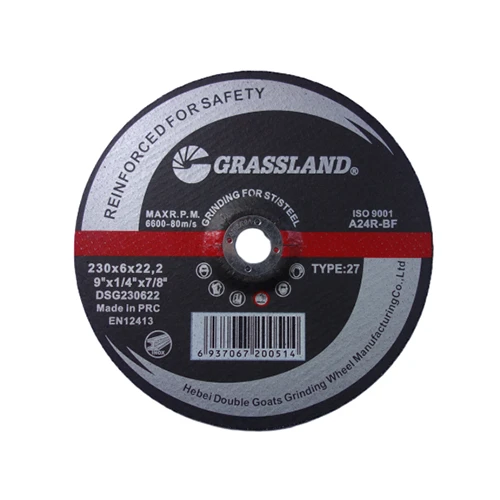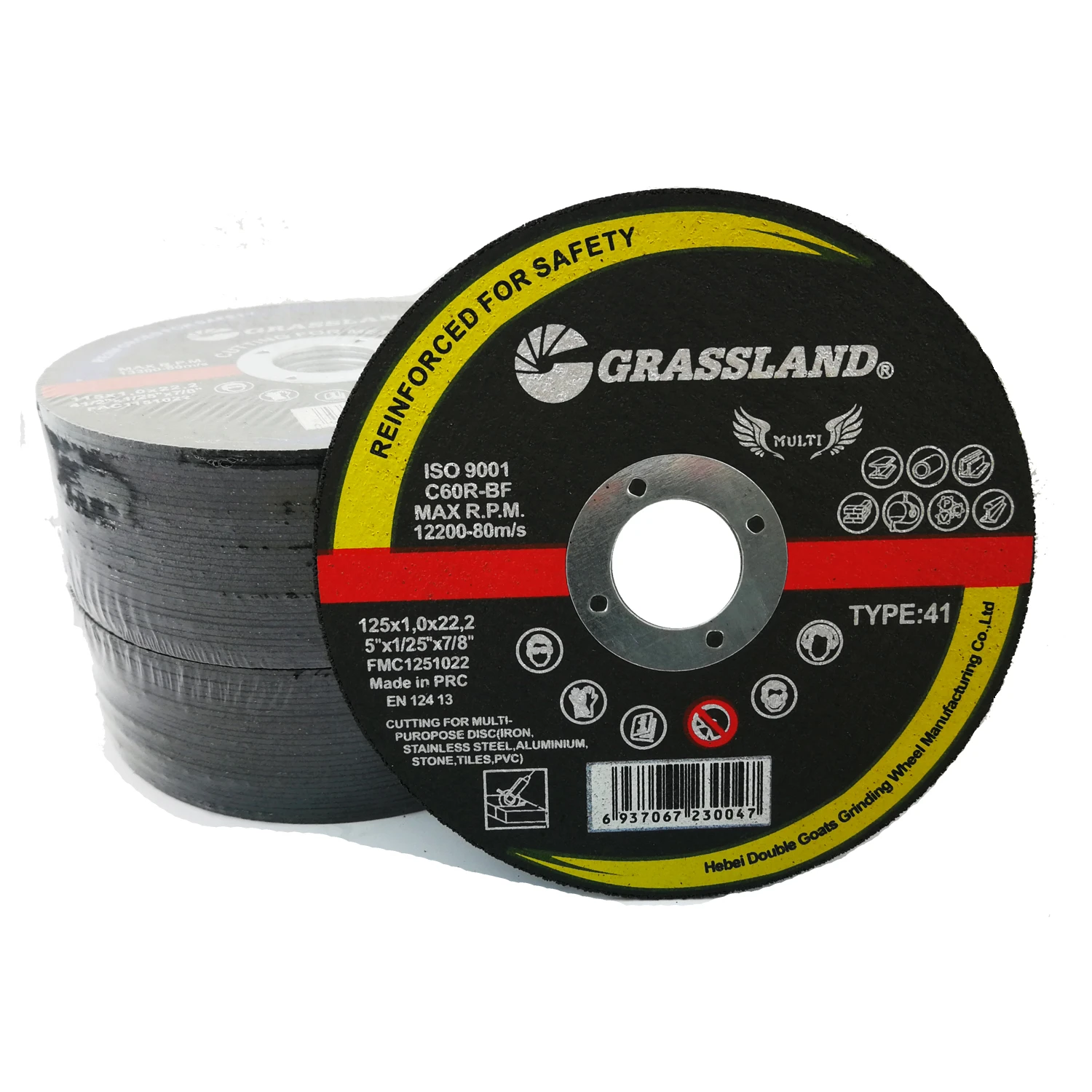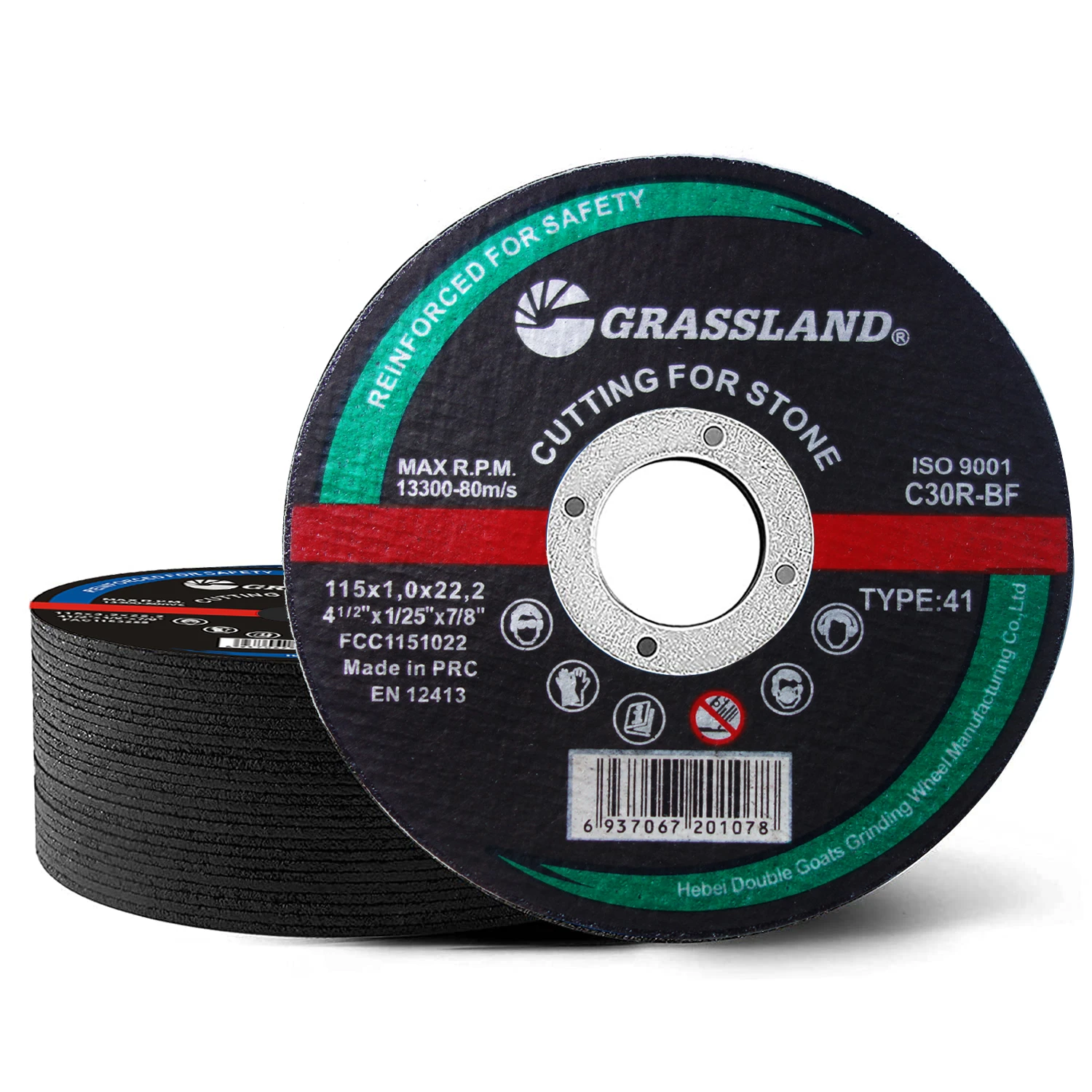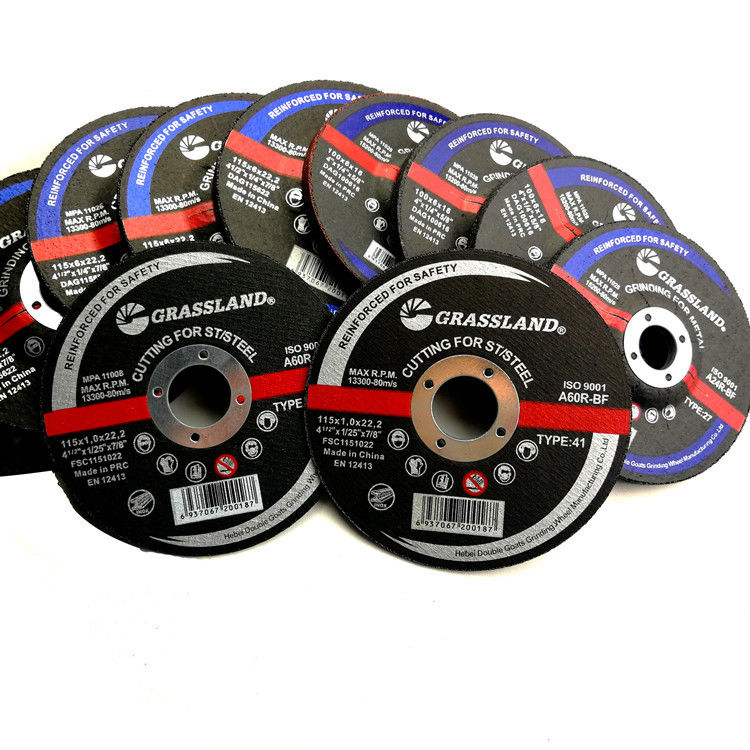Exploring the Versatility of Floppy Sanding Wheels
In the realm of woodworking and metalworking, the tools we use can dramatically influence the quality and efficiency of our projects. Among these tools, floppy sanding wheels have emerged as a popular choice for many artisans and craftsmen. Known for their flexibility and adaptability, these sanding wheels offer unique benefits that make them an essential addition to any workshop.
Floppy sanding wheels are typically made from a combination of flexible material and abrasive components that allow them to conform to the shape of the workpiece. This adaptability is one of their most significant advantages. Unlike traditional sanding discs, which are rigid and can only work on flat surfaces, floppy sanding wheels can easily mold to curves, contours, and intricate details, making them ideal for projects requiring precision and finesse.
One of the primary applications of floppy sanding wheels is in woodworking. Carpenters and woodworkers often encounter intricate designs and detailed carvings that require careful attention to surface finish. With a floppy sanding wheel, they can achieve a smooth finish on complex shapes without risking damage to the wood. The wheel’s ability to reach into grooves and corners allows for an even sanding process, resulting in a beautifully finished product.
In addition to woodworking, floppy sanding wheels are also extensively used in metalworking. They can effectively tackle rust removal, surface preparation, and finishing tasks on various metals. Whether working on automotive parts, machinery components, or artistic metal sculptures, these sanding wheels provide a level of control and versatility that is hard to match. The adaptability of the wheel means that it can be used on both flat and curved surfaces, making it a valuable tool for fabricators and machinists alike.
floppy sanding wheel

One of the most notable features of floppy sanding wheels is their ability to provide a consistent finish. The flexibility of the wheel distributes pressure evenly across the surface, reducing the risk of sanding marks or uneven surfaces. Moreover, the manufacturing process of these wheels allows for varying grit options, which can cater to different stages of sanding— from rough shaping to final finishing. This versatility makes them suitable for a wide range of applications, enhancing their appeal to both hobbyists and professionals.
When it comes to usage, floppy sanding wheels can be easily attached to standard power tools, including angle grinders, rotary tools, and bench grinders. This compatibility allows users to switch between various sanding tools seamlessly, optimizing their workflow. It also means that while these wheels are versatile, they maintain the convenience and efficiency of modern power tools, making sanding tasks faster and more efficient.
Safety is another aspect that must be considered when using floppy sanding wheels. Proper technique, including the use of appropriate PPE (personal protective equipment), ensures a safe working environment. Users should be aware of the importance of maintaining the right speed setting on their tools, as excessive speed can lead to overheating and damage to both the wheel and the workpiece.
In conclusion, floppy sanding wheels represent a remarkable advancement in sanding technology, combining flexibility, adaptability, and efficiency. Their ability to achieve precise finishes on a variety of materials makes them a preferred tool in both woodworking and metalworking environments. As craftsmen continue to seek tools that enhance quality and ease of use, floppy sanding wheels will undoubtedly remain a popular choice for many years to come. Embracing this versatile tool can lead to improved results, increased productivity, and a more enjoyable working experience for all artisans.
Post time:Dec - 16 - 2024

















